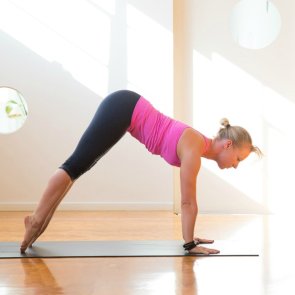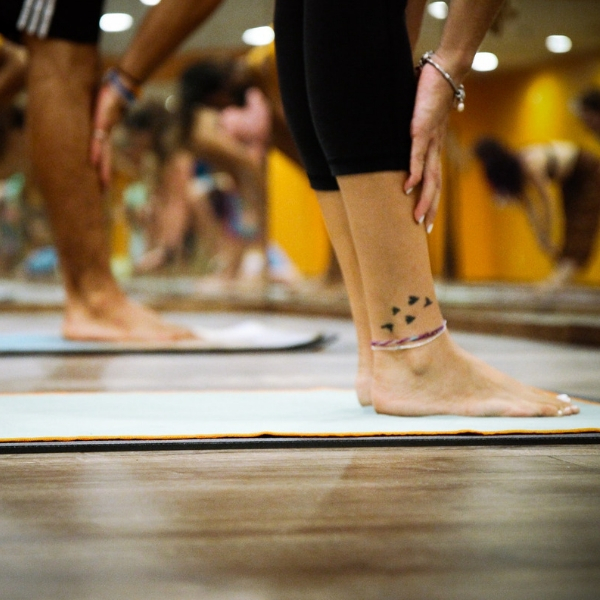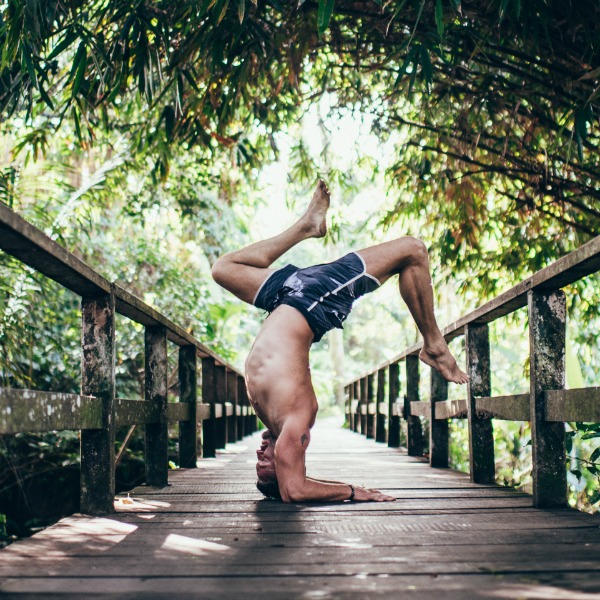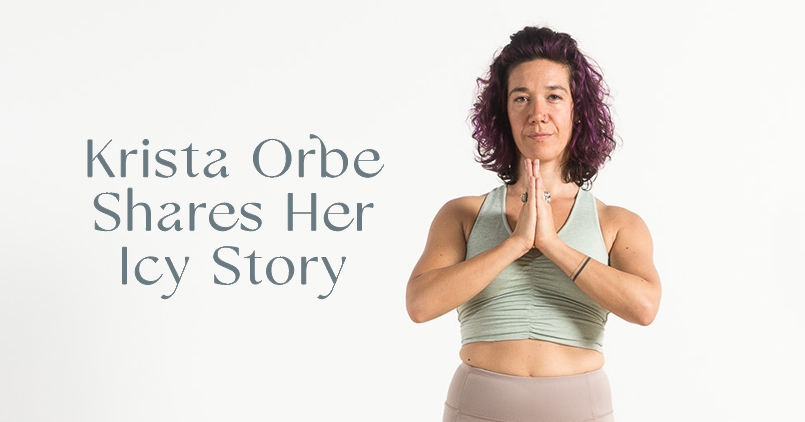09 Sep Yoga and Pilates – What’s The Difference?

It’s a common conundrum: you want to start a new form of mindful exercise but you don’t know where to start.
What really is the difference (or is it differences?) between yoga and Pilates? What’s best way to gain flexibility or rehab an injury? And do you “om” or do you “ahhh” at the end of class?
Yoga and Pilates come from very different backgrounds. Pilates was developed by Joseph Pilates and popularised in the 1920s when he migrated to America. Pilates (the man) developed early stages of his discipline during WWII, while working as an orderly in a hospital. He was responsible for attaching springs to hospital beds to help support patients limbs – seeding the idea of the Pilates Reformer bed, as used in classes today.
After moving to America, Pilates set up his first “body-conditioning studio” in New York, right next to the New York Ballet. It wasn’t long before the studio, and method, became popular with dancers who found it helped them to improve technique, recover from injuries and prevent reoccurring injuries. Soon after, the popularity of Pilates became widespread.
Yoga, on the other hand, has been around for over 5,000 years, with roots in India in the Vedic Period. While in the Rig Veda – the oldest book written in the world. Around the 5th Century CE, yoga became a more established set of spiritual practices and core beliefs among Hindus, Buddhists and Jains.
It wasn’t until the 1890’s that yoga became popular in the West – when a Hindu monk named Swami Vivekananda toured Europe and America, sharing the Yoga Sutras text. Since then, popularity of yoga has sky rocketed, gaining momentum as a physical practice to improve health and fitness. We now understand the benefits of yoga going beyond the physical body, as integrated through the practice of Modern Yoga.
Despite coming from very different backgrounds, yoga and Pilates are both known to improve flexibility, increase muscle strength and tone – particularly in the core – and help reduce back pain. Pilates is said to improve posture through stability of the spine and equipment based Pilates is great as a tool for safe rehabilitation due to low impact on the joints.
Yoga is also associated with improvements in posture and spinal health. While there are many different styles of yoga, each class incorporates pranayama (breathing), relaxation and meditation, as well as exercising every part of he body. The isometric style of physical practice involves holding muscle tension for short periods of time, improving cardiovascular health and circulation. This circulation, in turn, helps to speed up sluggish digestion, easing the digestive system. Yoga safely stretches muscles and joints, while strengthening the body. Yoga is also associated with soothing the nervous system, reducing stress, anxiety and fatigue, improving concentration, boosting energy levels and increasing feelings of calmness and wellbeing.
Yoga and Pilates are two styles of movement with incredible benefits for the body and mind. If you’re still not sure, why not give both yoga and Pilates a try and see what suits you best!
Beginners are always welcome at Power Living and we’d love to get you started on our special Intro Pass so you can get a taste of what it’s all about!



